Refine search
Actions for selected content:
26946 results in Economic history
“Cult of Equity”: Actuaries and the Transformation of Pension Fund Investing, 1948–1960
-
- Journal:
- Business History Review / Volume 89 / Issue 2 / Summer 2015
- Published online by Cambridge University Press:
- 15 June 2015, pp. 281-304
- Print publication:
- Summer 2015
-
- Article
- Export citation
FHR volume 22 issue 1 Cover and Back matter
-
- Journal:
- Financial History Review / Volume 22 / Issue 1 / April 2015
- Published online by Cambridge University Press:
- 09 June 2015, pp. b1-b3
-
- Article
-
- You have access
- Export citation
‘Writes a fair hand and appears to be well qualified’: the recruitment of Bank of England clerks, 1800–1815
-
- Journal:
- Financial History Review / Volume 22 / Issue 1 / April 2015
- Published online by Cambridge University Press:
- 09 June 2015, pp. 19-44
-
- Article
-
- You have access
- Open access
- HTML
- Export citation
FHR volume 22 issue 1 Cover and Front matter
-
- Journal:
- Financial History Review / Volume 22 / Issue 1 / April 2015
- Published online by Cambridge University Press:
- 09 June 2015, pp. f1-f3
-
- Article
-
- You have access
- Export citation
Real estate transactions in ancient Israel: excavating embedded options utilizing modern finance
-
- Journal:
- Financial History Review / Volume 22 / Issue 1 / April 2015
- Published online by Cambridge University Press:
- 09 June 2015, pp. 107-132
-
- Article
- Export citation
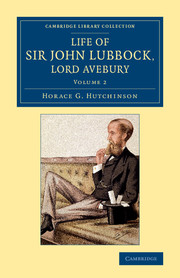
Life of Sir John Lubbock, Lord Avebury
-
- Published online:
- 05 June 2015
- Print publication:
- 30 October 2014
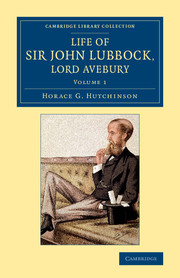
Life of Sir John Lubbock, Lord Avebury
-
- Published online:
- 05 June 2015
- Print publication:
- 30 October 2014

The Nautical Magazine for 1873
-
- Published online:
- 05 June 2015
- Print publication:
- 29 January 2015
- First published in:
- 1873
Accounting for Nonconvergence in Global Wool Marketing before 1939
-
- Journal:
- Business History Review / Volume 89 / Issue 2 / Summer 2015
- Published online by Cambridge University Press:
- 05 June 2015, pp. 229-253
- Print publication:
- Summer 2015
-
- Article
- Export citation
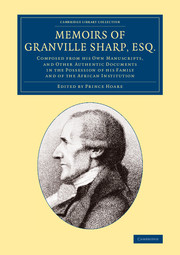
Memoirs of Granville Sharp, Esq.
- Composed from his Own Manuscripts, and Other Authentic Documents in the Possession of his Family and of the African Institution
-
- Published online:
- 05 June 2015
- Print publication:
- 11 December 2014
- First published in:
- 1820
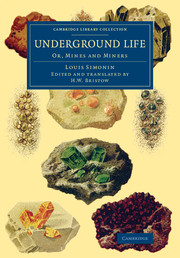
Underground Life
- Or, Mines and Miners
-
- Published online:
- 05 June 2015
- Print publication:
- 28 August 2014
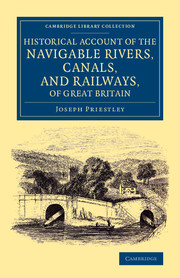
Historical Account of the Navigable Rivers, Canals, and Railways, of Great Britain
- As a Reference to Nichols, Priestley and Walker's New Map of Inland Navigation, Derived from Original and Parliamentary Documents in the Possession of Joseph Priestley, Esq.
-
- Published online:
- 05 June 2015
- Print publication:
- 21 August 2014
- First published in:
- 1831
Institutional Transfer: The Beginnings of Insurance in Southeast Asia
-
- Journal:
- Business History Review / Volume 89 / Issue 2 / Summer 2015
- Published online by Cambridge University Press:
- 29 May 2015, pp. 207-228
- Print publication:
- Summer 2015
-
- Article
- Export citation
Capitalizing patriotism: the Liberty loans of World War I
-
- Journal:
- Financial History Review / Volume 22 / Issue 1 / April 2015
- Published online by Cambridge University Press:
- 20 May 2015, pp. 45-78
-
- Article
- Export citation
Identifying economic crises: insights from history
-
- Journal:
- Financial History Review / Volume 22 / Issue 1 / April 2015
- Published online by Cambridge University Press:
- 19 May 2015, pp. 1-18
-
- Article
- Export citation
Introduction
-
- Book:
- Political Economies of Empire in the Early Modern Mediterranean
- Published online:
- 05 May 2015
- Print publication:
- 05 May 2015, pp 1-23
-
- Chapter
- Export citation
5 - Trade, violence and diplomacy
-
- Book:
- Political Economies of Empire in the Early Modern Mediterranean
- Published online:
- 05 May 2015
- Print publication:
- 05 May 2015, pp 110-138
-
- Chapter
- Export citation

Free Trade and its Enemies in France, 1814–1851
-
- Published online:
- 05 May 2015
- Print publication:
- 30 April 2015
6 - Diplomacy, trade and religion
-
- Book:
- Political Economies of Empire in the Early Modern Mediterranean
- Published online:
- 05 May 2015
- Print publication:
- 05 May 2015, pp 139-173
-
- Chapter
- Export citation
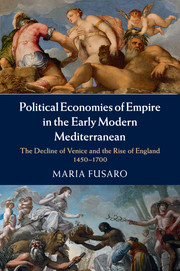
Political Economies of Empire in the Early Modern Mediterranean
- The Decline of Venice and the Rise of England, 1450–1700
-
- Published online:
- 05 May 2015
- Print publication:
- 05 May 2015
